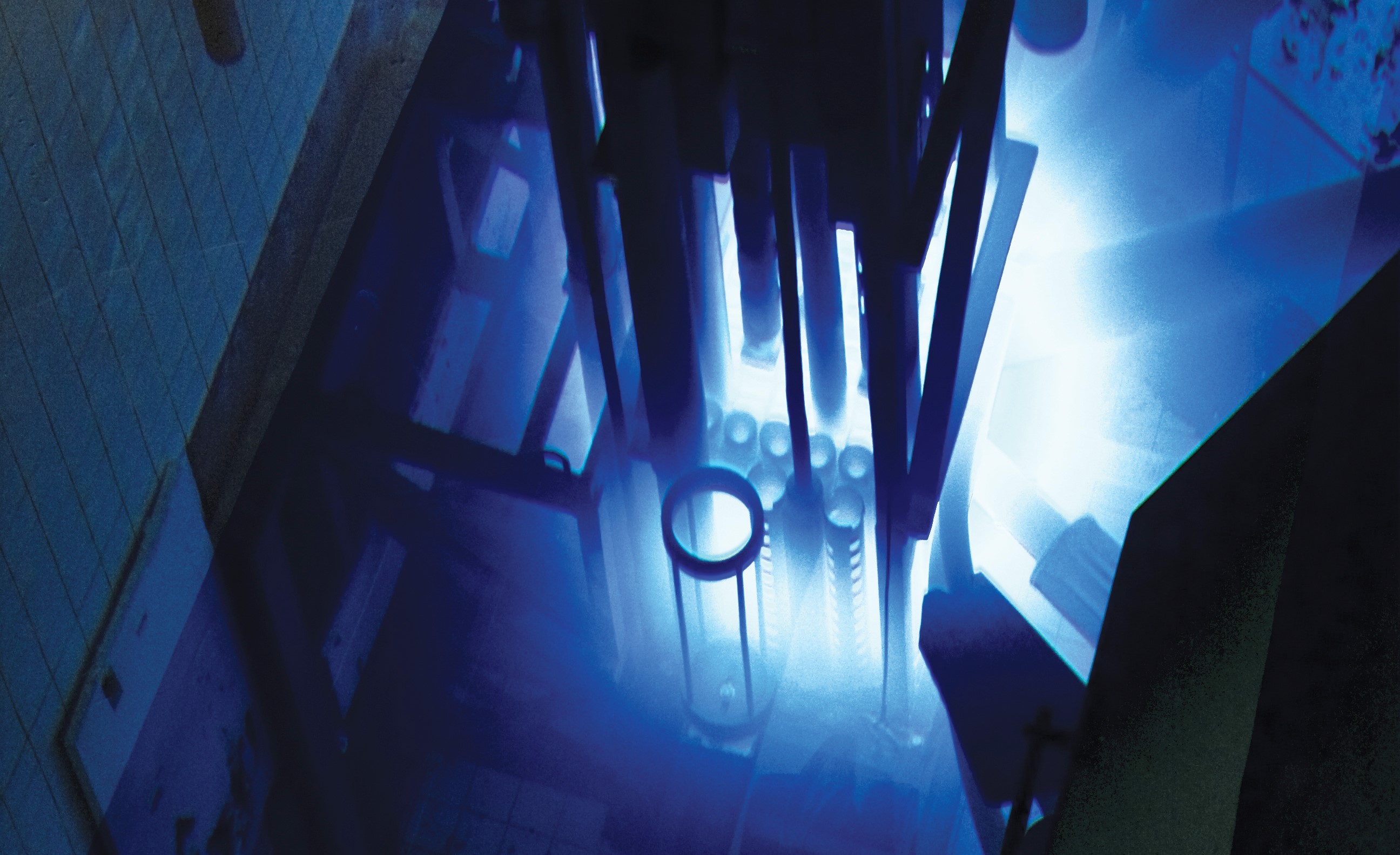McMaster Nuclear Reactor: A History of Nuclear Research & Innovation
Information Box Group
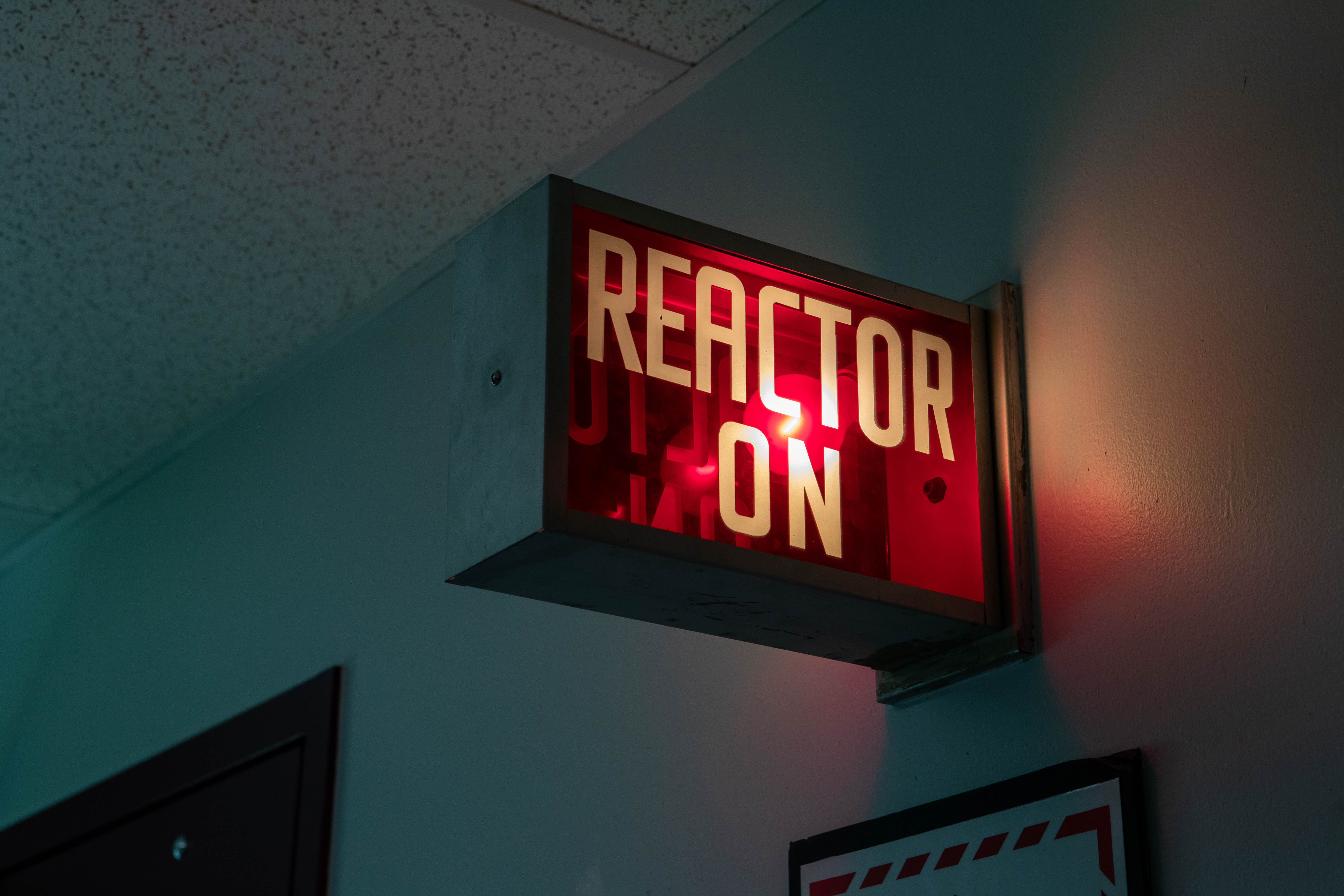
Journey through McMaster’s extraordinary history of nuclear research and innovation – a legacy that began 65 years ago with the construction of Canada’s largest nuclear research reactor.
Since its construction in 1959, the McMaster Nuclear Reactor (MNR) has driven groundbreaking discoveries in energy, medicine and materials; fueled job creation and the economy; and provided unique training opportunities for future generations of nuclear leaders.
Learn more about MNR’s ongoing contributions to science and society.
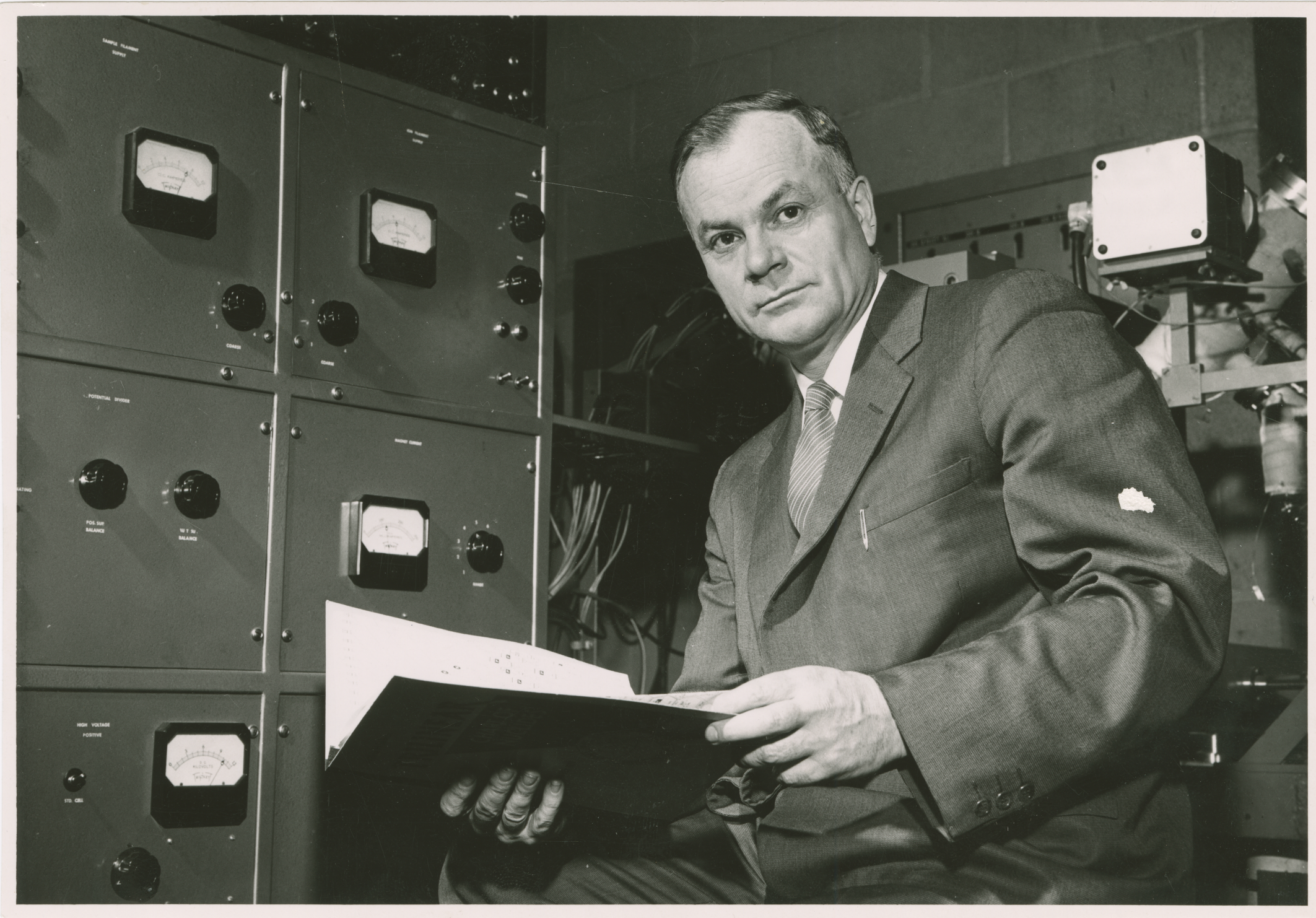
1942-48
Harry Thode, associate professor of chemistry, constructs the first mass spectrometer in Canada, located at McMaster, which is used to conduct isotopic measurements. Thode helps establish McMaster’s medical research department, where he conducts research on the use of radioisotopes to diagnose and treat diseases like cancer.
1942-48: Learn more about Thode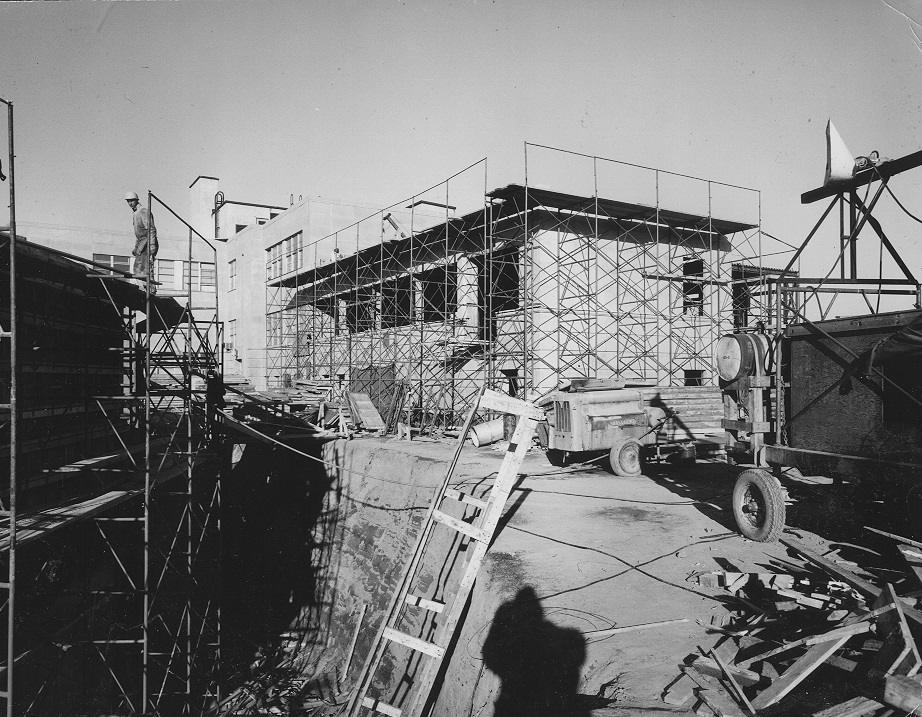
1950-51
McMaster’s Nuclear Research Building (NRB) – the first dedicated research building on campus – is built, housing a clinical research lab used to study medical isotopes. Today, NRB houses over 24,000 square feet of licensed labs that scientists use to advance research in clean energy, materials science and nuclear medicine.
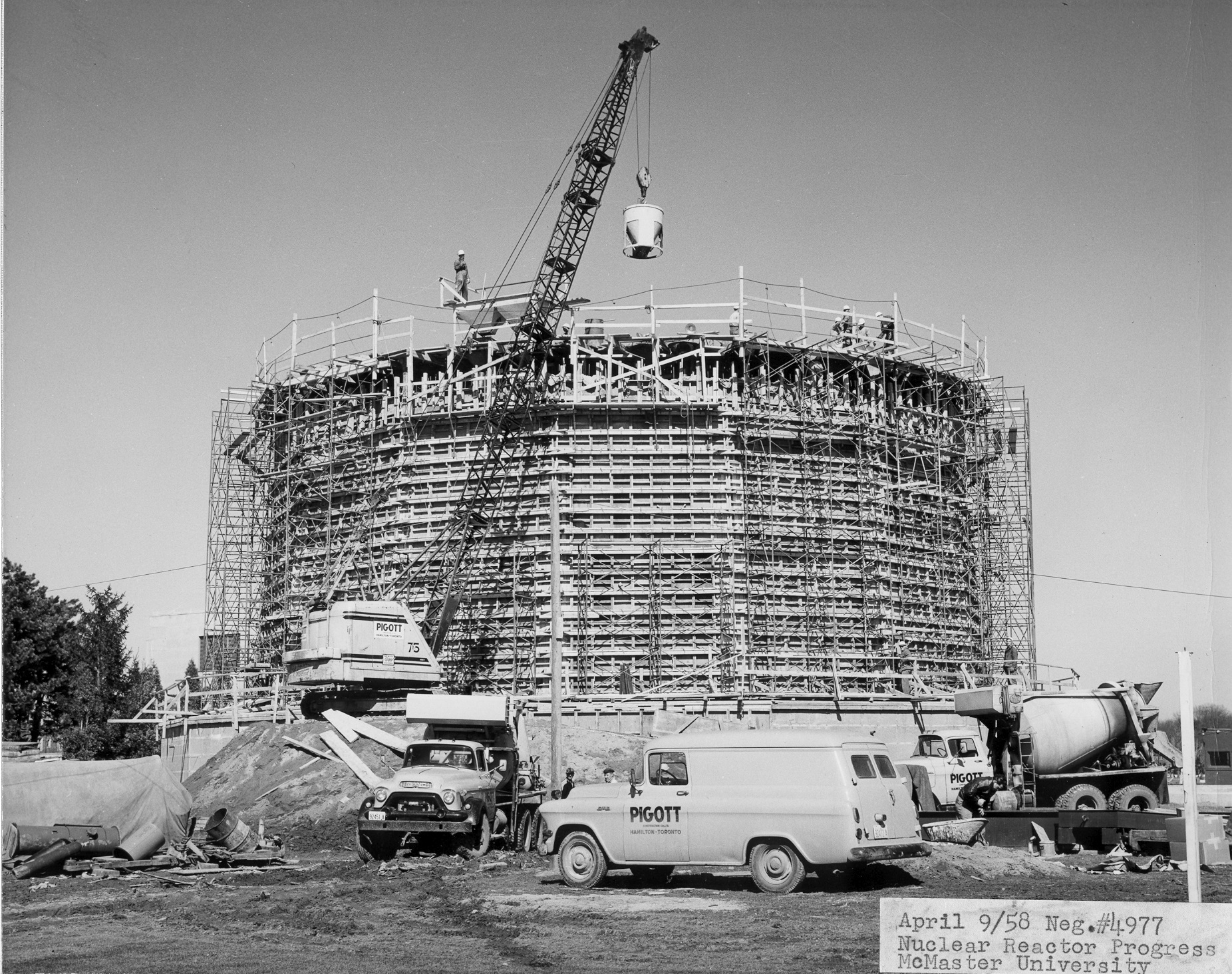
1957-58
Thode successfully lobbies the National Research Council of Canada and local industry for funding to build a research reactor on the McMaster campus. Construction of the McMaster Nuclear Reactor (MNR) and expansion of NRB is completed from 1957-58.
1957-58: Building the reactor
April 1959
MNR becomes operational on April 4, 1959. A week later, an official opening ceremony – attended by Prime Minister John Diefenbaker – celebrates MNR as the first university-based nuclear reactor in the British Commonwealth.

1959-65
Research begins inside the reactor, largely focused on spectroscopy – the study of the absorption and emission of radiation by matter – and prompt gamma analysis, which is conducted by lowering samples near the reactor core to study their composition non-destructively.
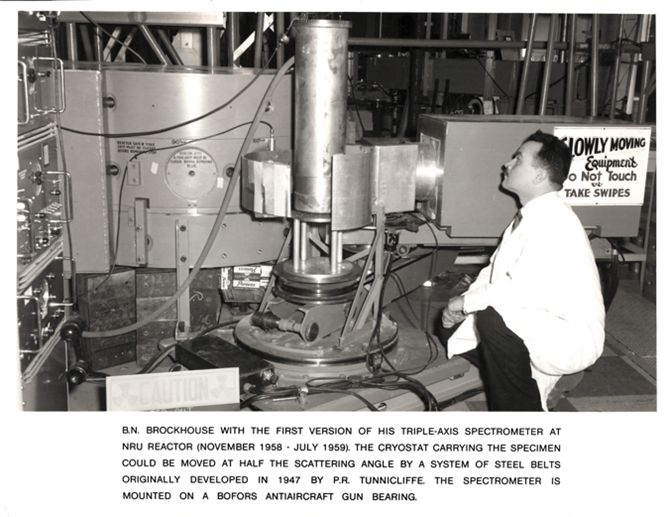
Late 1960s to Early 1970s
Research focus at MNR shifts to neutron scattering – a technique used to study materials at the atomic level. Bertram Brockhouse joins McMaster University as a Professor of Physics and builds two new spectrometers at MNR, used to study the structure of solids like metals and crystals.
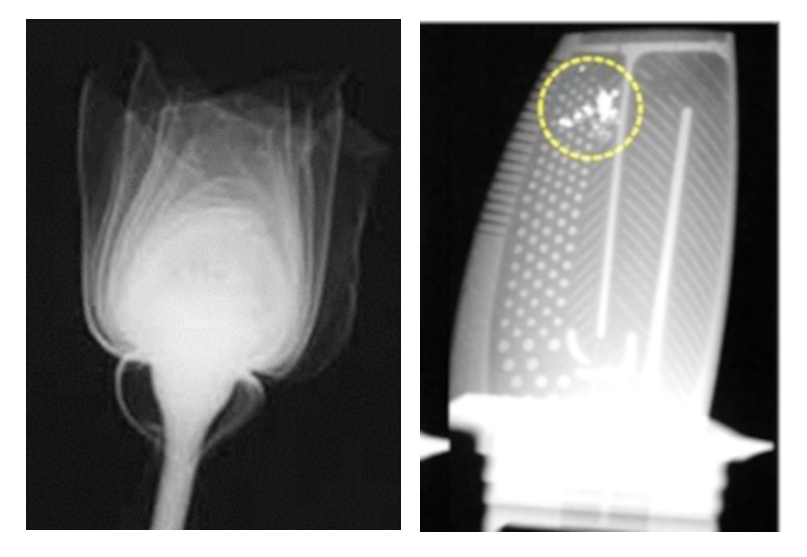
Mid-1970s to 1980s
A prompt gamma facility is established at Beam Port 4 and a neutron radiography facility is built at Beam Port 2, enabling new studies in materials research. Thode is one of two Canadian scientists to obtain rock and soil samples from NASA’s first lunar expedition in 1969. These samples are analyzed at MNR to determine their sulfur content. Geochronology work is also underway at MNR, where researchers perform Nuclear Dating using the Argon-39/Argon-40 method to determine the age of geological samples and archaeological artifacts.

Mid-1970s to 1980s
MNR begins production of medical isotope Molybdenum-99, which is used in diagnostic imaging agents. Researchers also perform measurements of calcium in bone for early studies on osteoporosis. The reactor supports pioneering work in positron emission tomography (PET), producing Fluorine-18 – an isotope used in PET scans. Production of F-18 eventually moves to McMaster’s Accelerator Laboratory and then to a dedicated cyclotron.
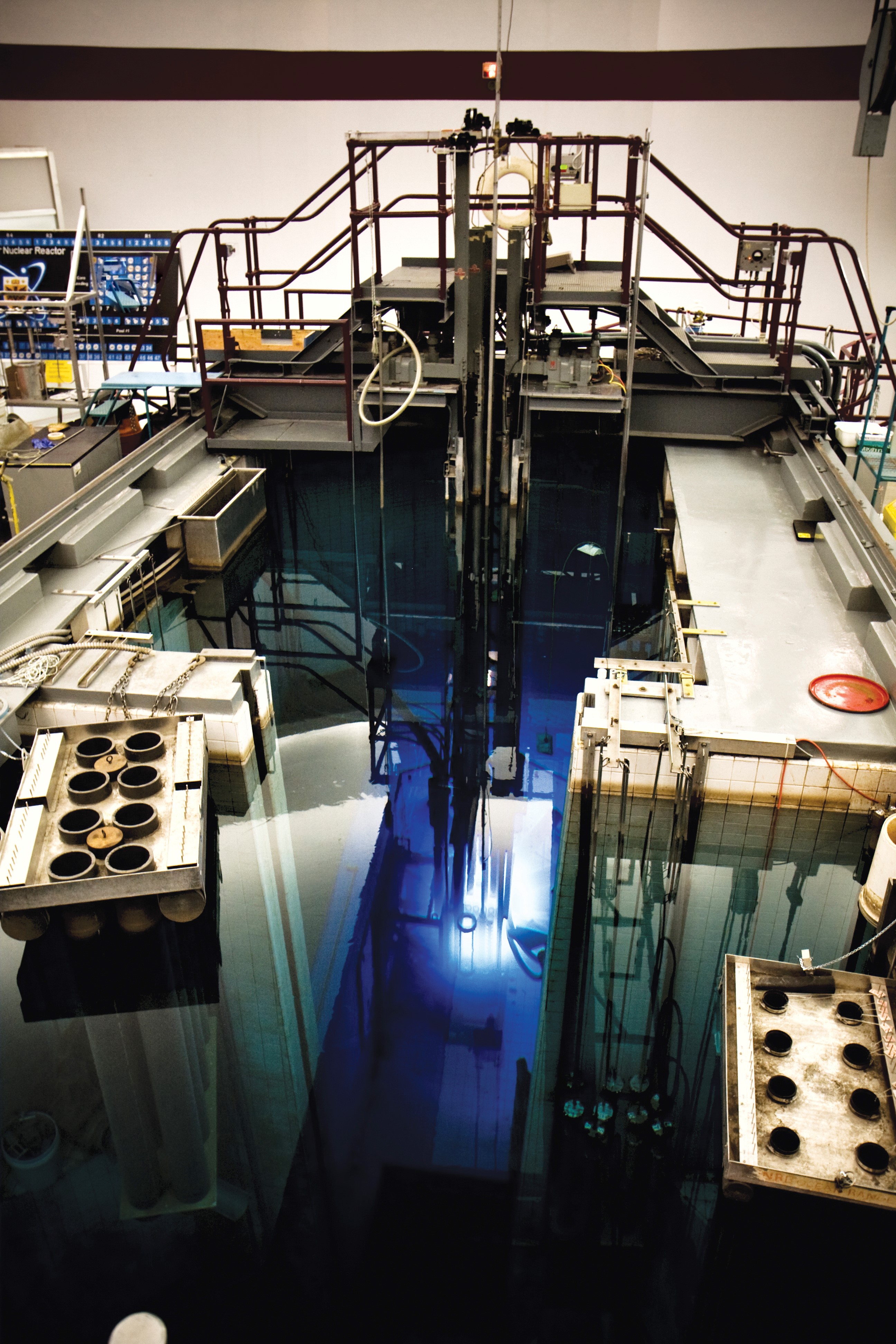
1990s
McMaster begins production of Iodine-125 – a medical isotope used in brachytherapy to treat various cancers, including prostate cancer. By the end of the decade, the reactor has reached maximum I-125 production capacity, supplying thousands of patient doses per year.
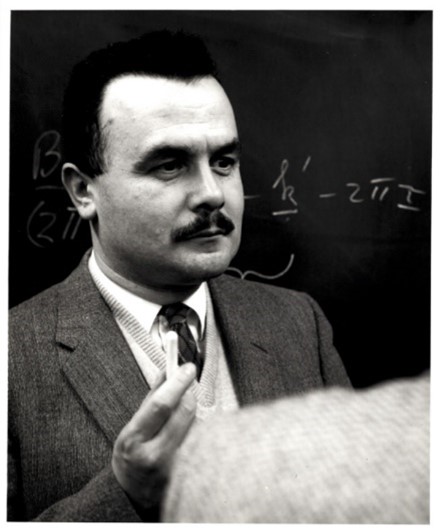
1990s
Bertram Brockhouse is awarded the 1994 Nobel Prize in Physics for his contributions to neutron scattering. Brockhouse’s triple-axis neutron spectrometer revolutionized the ability to chart atomic dynamics and is still used today at neutron scattering centres around the world to study materials.
1990s: Learn more about Brockhouse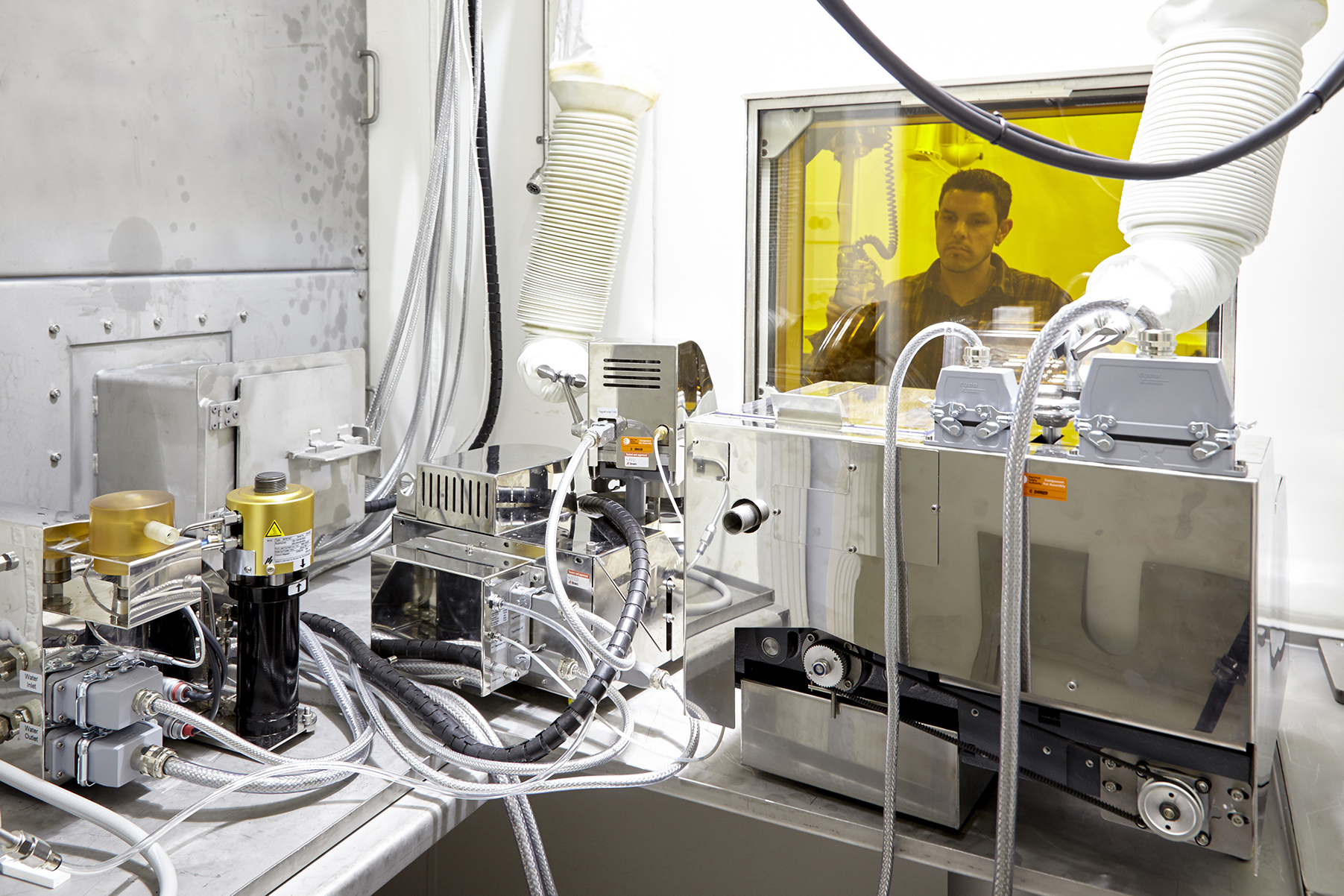
2010s
McMaster’s nuclear infrastructure is upgraded. NRB is expanded, a new cyclotron is installed, construction begins on the McMaster Small Angle Neutron Scattering Facility (MacSANS) and the Centre for Advanced Nuclear Systems (CANS) is officially opened. Unique in Canada, CANS contains five hot cells used to support materials research and test nuclear power plant components to better understand their lifecycle.
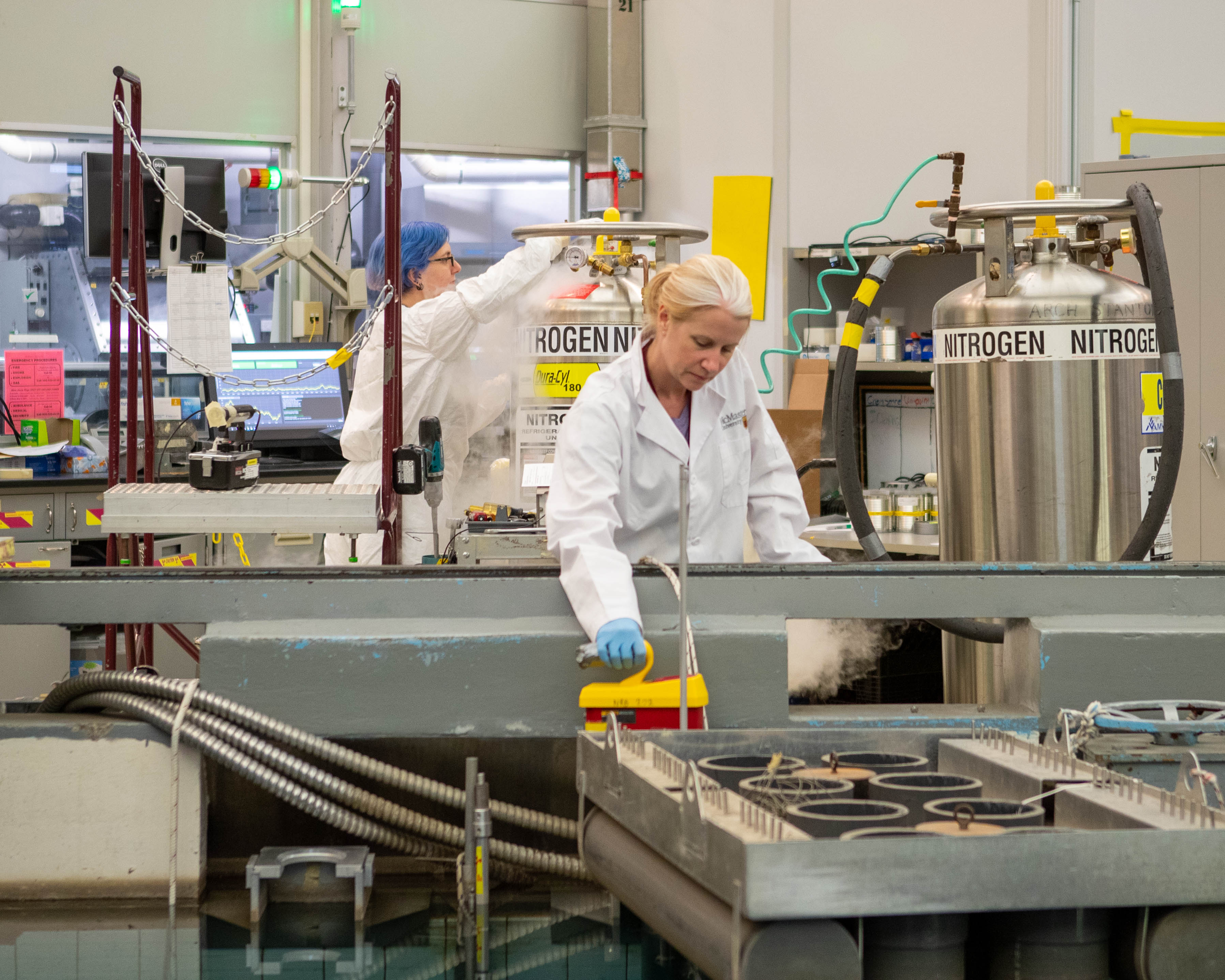
2010s
Production of radioisotopes continues to expand at the reactor. MNR becomes the world’s leading supplier of Iodine-125 and begins production of another medical isotope, Lutetium-177. Located at McMaster, the Centre for Probe Development and Commercialization (CPDC) scales-up production of isotope [F-18]-FDG, which is used in PET scans to image various diseases. The CPDC becomes the largest provider of the isotope in the province.
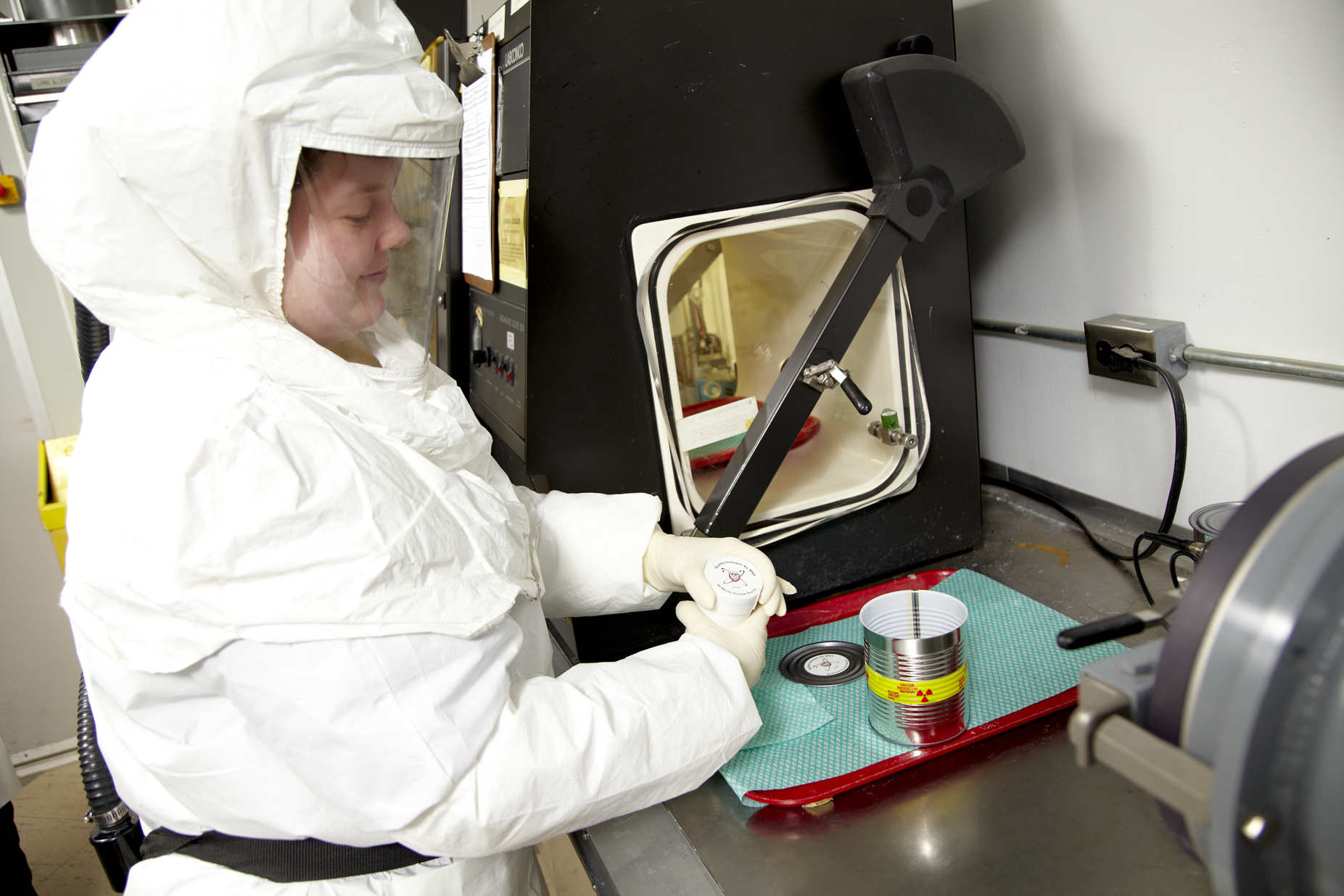
April 2021
McMaster’s Medical Isotope Supply Chain Team receives a President’s Award for Outstanding Service, in recognition of their hard work and dedication to producing essential, life-saving medical isotopes during the COVID-19 pandemic.
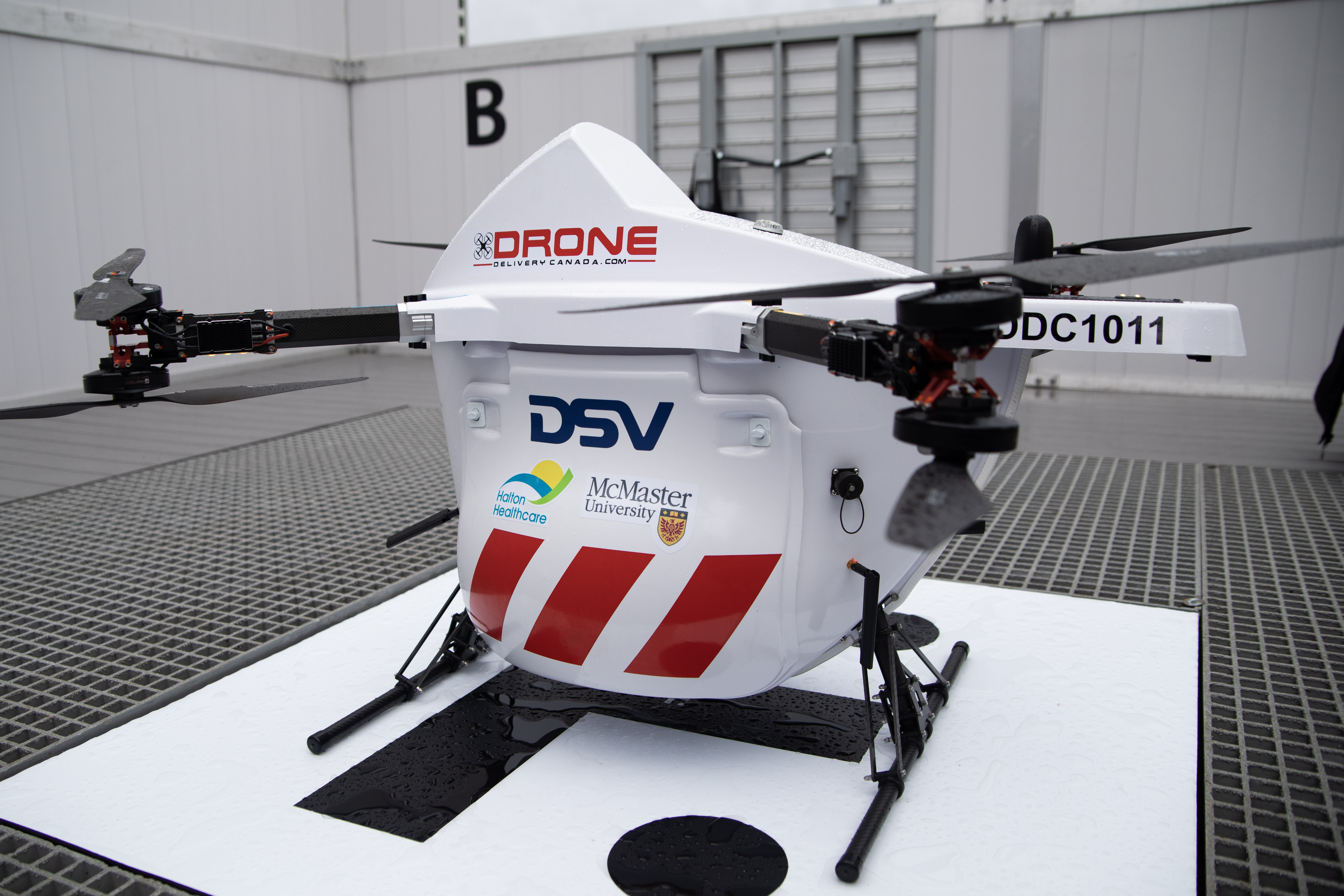
October 2022
McMaster partners with Halton Healthcare, Drone Delivery Canada (DDC), Air Canada Cargo and DSV Canada to develop a drone delivery system that will revolutionize how medical goods — including medical isotopes made at McMaster — reach hospitals and patients across the Halton Region.

November 2022
McMaster University is a founding member of the research organization Neutrons Canada. McMaster physicist Bruce Gaulin leads a $47-million Canada Foundation for Innovation-funded, multi-institutional project to develop a national neutron beam user laboratory at McMaster to support materials research in clean energy, health and medicine, safety and security.
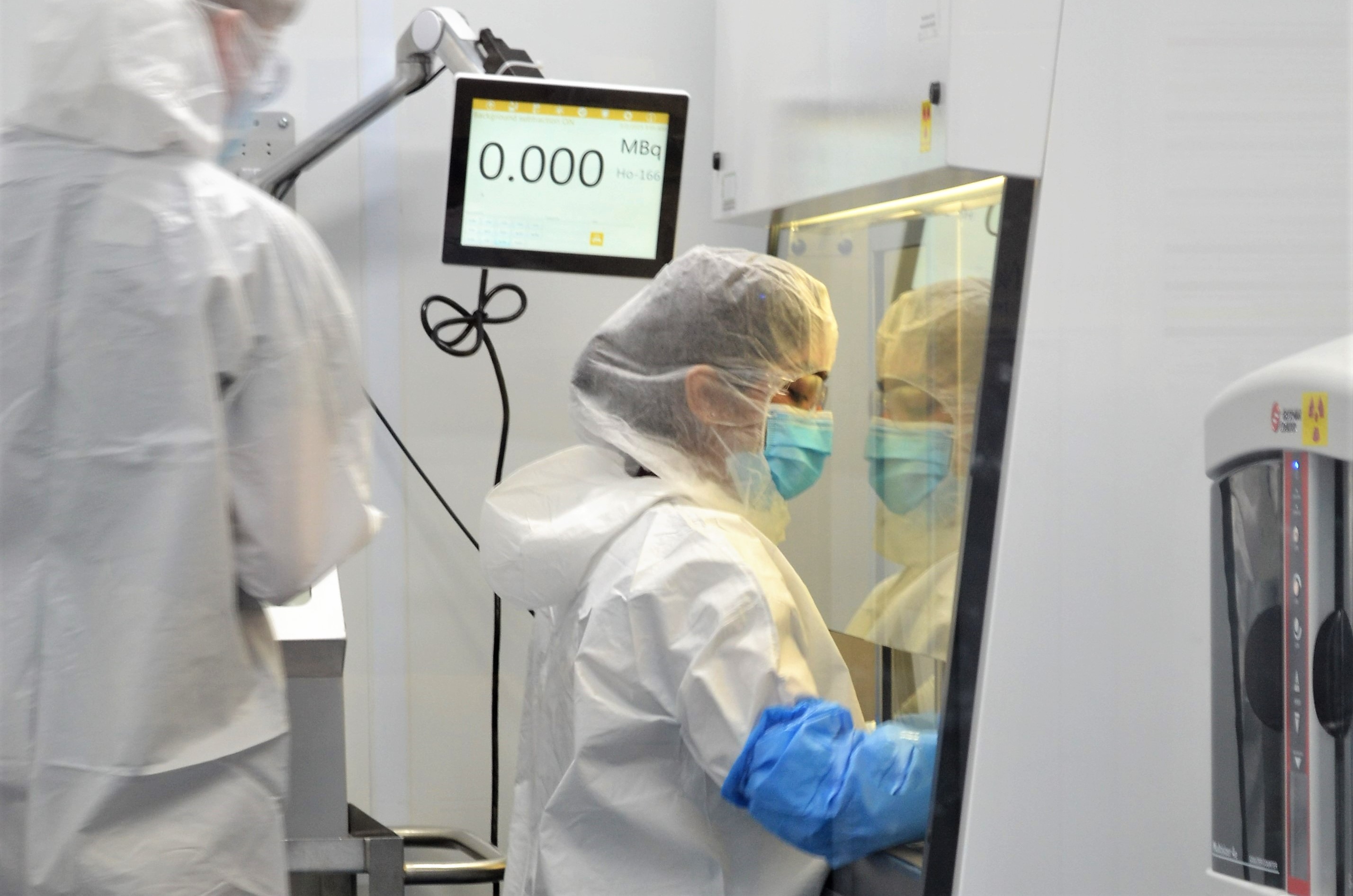
March 2023
McMaster University, Terumo and AtomVie Global Radiopharma Inc. partner to produce two innovative medical devices composed of holmium-166 and used to treat liver cancer. A new hot lab at the McMaster University Medical Centre is built to support processing and dispensing of the isotope.
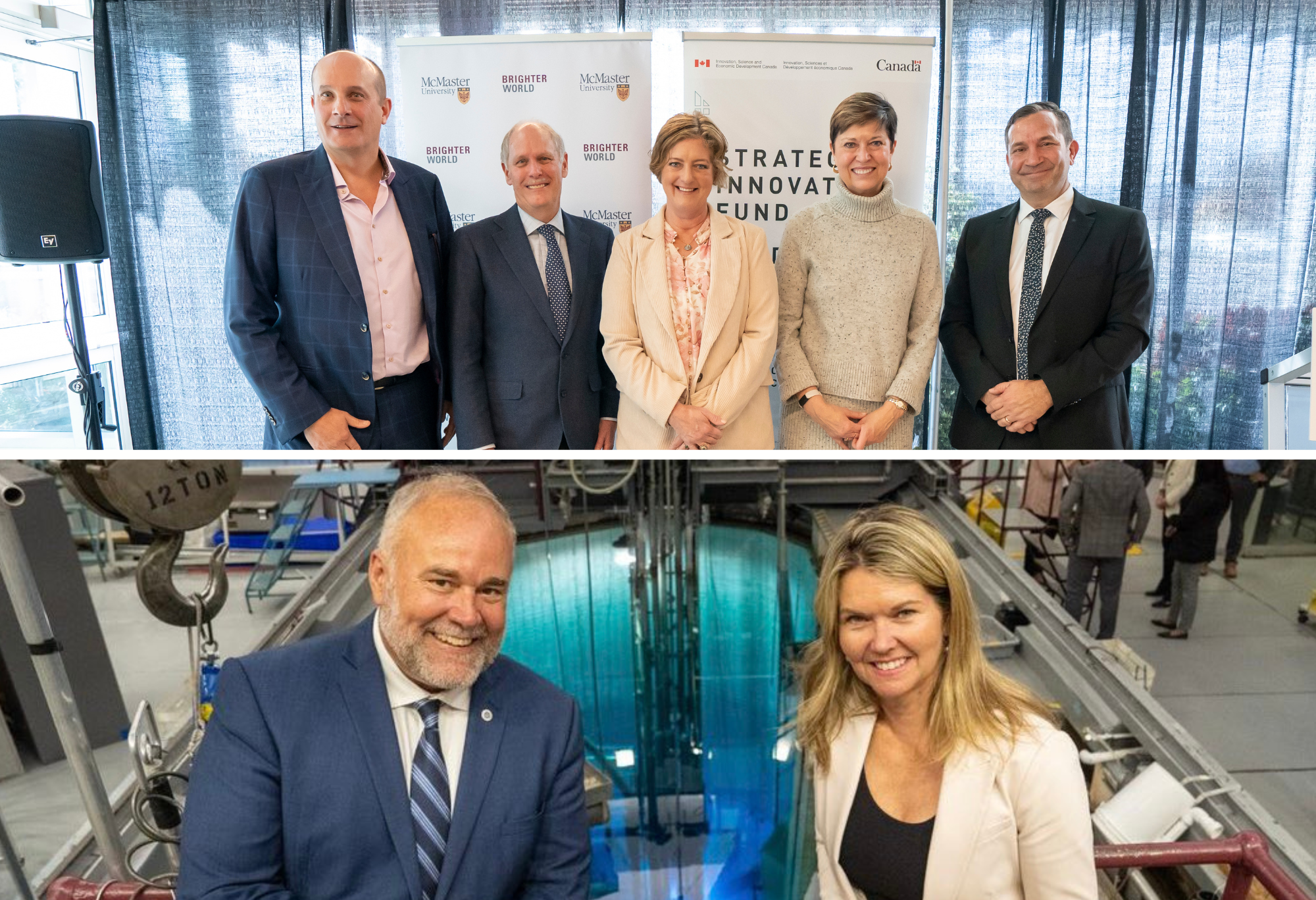
March to June 2023
$13.6M in investments from the Government of Canada and Government of Ontario support expansion of the McMaster Nuclear Reactor’s research and medical isotope production capacity to enable more cutting-edge research and support growing demand for radioisotope-based therapies across the globe.
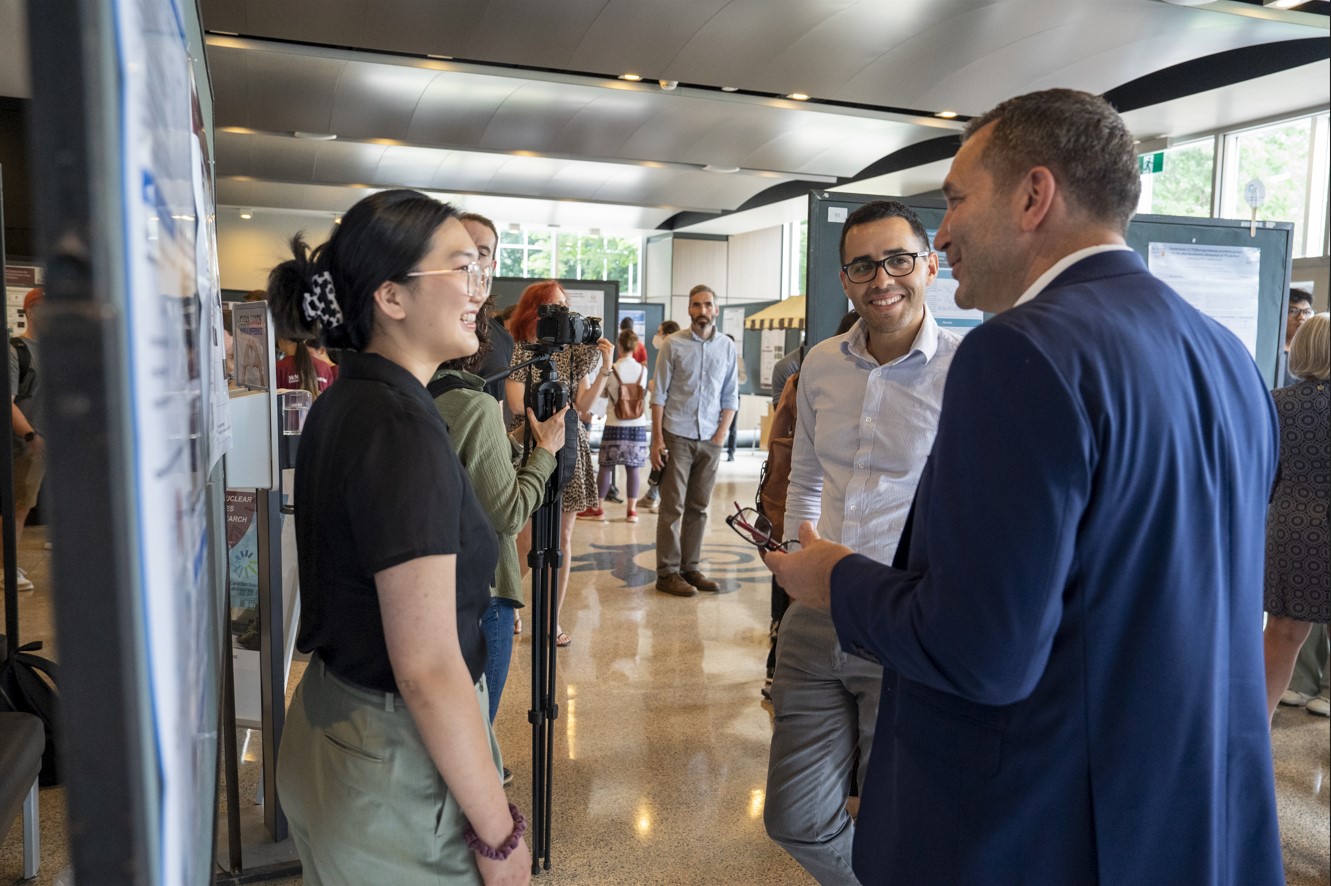
May to August 2023
MNR has partnered with industry leaders over the decades to advance nuclear science education and training. In 2023, McMaster, Canadian Nuclear Laboratories (CNL) and Atomic Energy of Canada Limited (AECL) launch the CNL Nuclear Undergraduate Research Experience program – designed to enrich learning and real-world experience in nuclear research for McMaster undergraduate students.
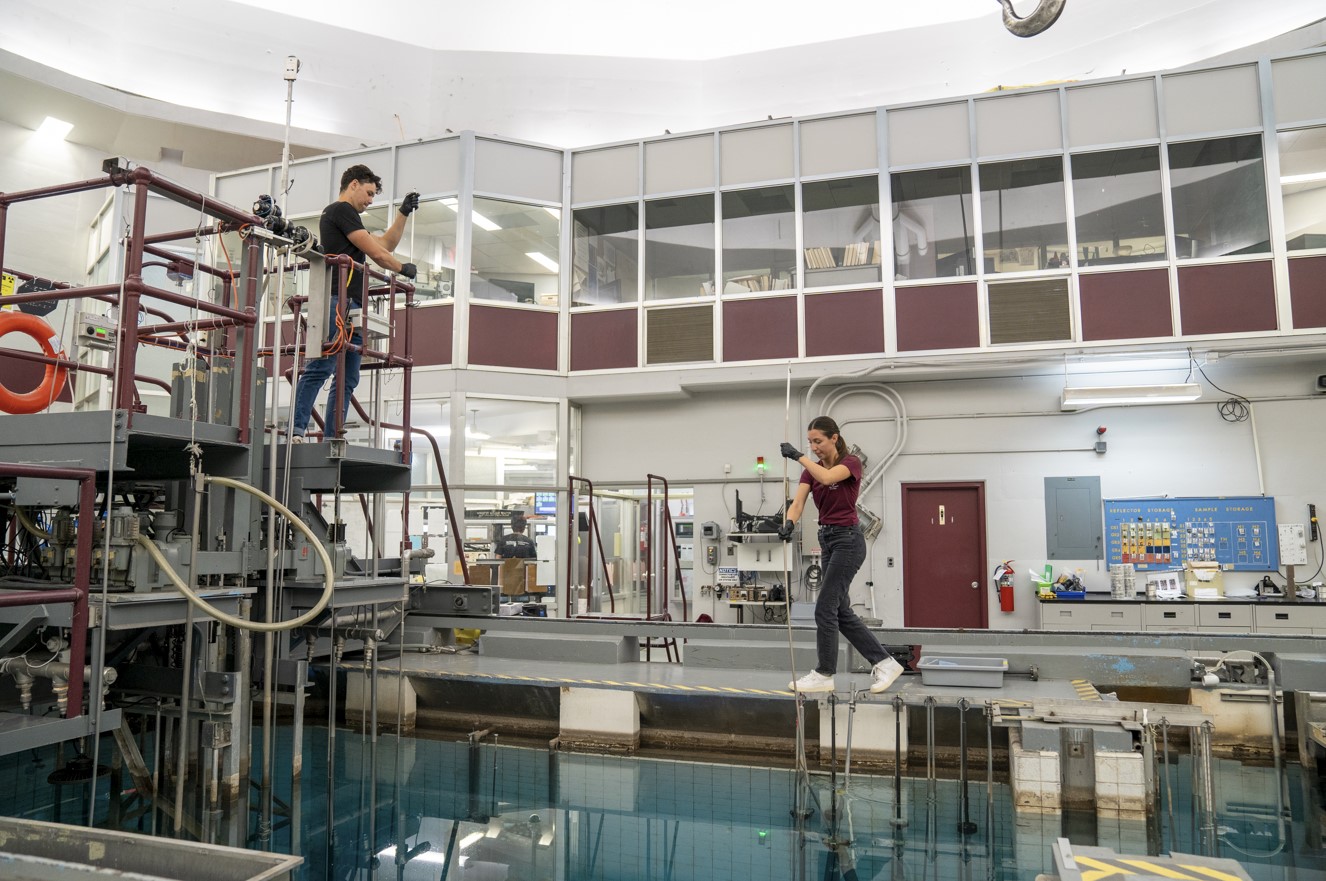
March 2024
MNR expands operations to 24 hours a day, 5 days a week to support increased production of life-saving medical isotopes, advance research on clean energy and materials science, and provide more student education and research opportunities.

